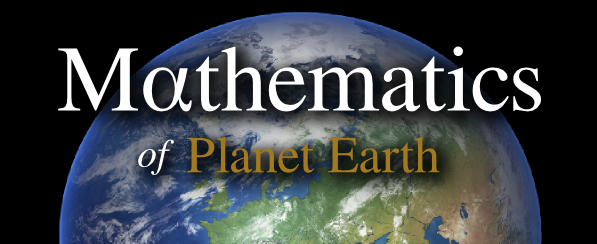MPE Student Rhys Thompson is the lead author on paper “Pro-L* – A probabilistic L* mapping tool for ground observations” published on 16 December 2020 in Space Weather, part of AGU Advancing Earth and Space Science.
You can access the full paper here
Authors: R. L. Thompson S. K. Morley C. E. J. Watt S. N. Bentley P. D. Williams
Abstract:
Both ground and space observations are used extensively in the modeling of space weather processes within the Earth’s magnetosphere. In radiation belt physics modeling, one of the key phase‐space coordinates is L*, which indicates the location of the drift paths of energetic electrons. Global magnetic field models allow a subset of locations on the ground (mainly sub‐auroral) to be mapped along field lines to a location in space and transformed into L*, provided that the initial ground location maps to a closed drift path. This allows observations from ground, or low‐altitude space‐based platforms to be mapped into space in order to inform radiation belt modeling. Many data‐based magnetic field models exist; however these models can significantly disagree on mapped L* values for a single point on the ground, during both quiet times and storms. We present a state of the art probabilistic L* mapping tool, Pro‐L*, which produces probability distributions for L* corresponding to a given ground location. Pro‐L* has been calculated for a high resolution magnetic latitude by magnetic local time (MLT) grid in the Earth’s northern hemisphere. We have developed the probabilistic model using 11 years of L* calculations for 7 widely used magnetic field models. Usage of the tool is highlighted for both event studies and statistical models, and we demonstrate a number of potential applications.
Plain Language Summary:
Observations made by ground and space based instruments are used extensively in modeling of space weather processes within the Earth’s radiation belts, regions of charged and energetic particles trapped by Earth’s magnetic field. The shape of the magnetic field is not fixed, however, and there is not a consistent relationship between the footprint location of a ground measurement and its respective position in space. With no way to validate the global true magnetic field, numerous models exist to approximate it. We often envision the radiation belts in a fixed coordinate system representative of the motions of the trapped particles. Often considered a proxy for distance is L*, a quantity related to the radial motion of electrons. Once an observation’s respective location in the magnetic field is approximated it can be transformed into L*, provided the electrons at the measurement’s physical location remain trapped. Dependency of L* on magnetic field model accuracy is paramount, yet models can significantly disagree on the L* of co‐located observations. We present a state‐of‐the‐art tool, Pro‐L*, which for any ground observation provides the probabilities of corresponding L* values. Usage is highlighted for both event studies and statistical models, and we demonstrate a number of potential applications.
Figure

Global L* median (left) and IQR (centre) maps as a function of m models determining the existence of L* at any given time. Occurrence maps (right) for each value of m are also shown, ie the regions in phase space where L* physically exists. The maps are displayed in magnetic local time (MLT) and dipole L, projected onto the magnetic North Pole with the Sun to the left. Magnetic latitudes have been converted to dipole L for display purposes. These threshold m models are a simple example for how to utilise magnetic field models probabilistically.






